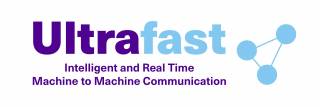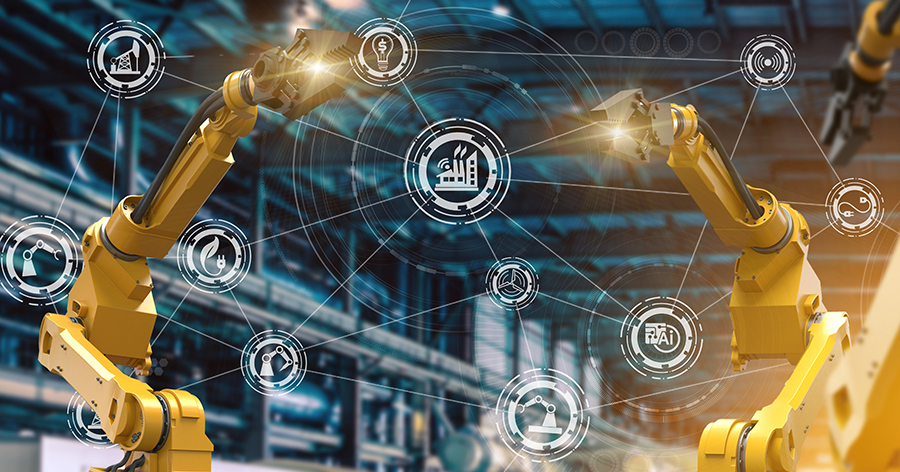In current industrial environments, data transfer is still largely based on fixed connections. This will change as in the future smart, wireless, fast and secure connections between machines will be a standard requirement. Solutions using mobile robotics, virtuality and flexible production environments are becoming more common.
In sight of ultrafast and reliable processes
5G technology and real-time control provide rapid throughput and computing capability. They can also be utilised in manufacturing industries and production automation.
“We develop real-time feedback, anticipation, control and immediate reaction capability of processes and products. This allows us to have flexible, high-quality and competitive machine, device and application solutions. We are tackling related technology and exploitation challenges in the Ultrafast project. The piloting environments include TAMK’s FieldLab and Tampere University’s Cold Spray environment”, says Petri Pohjola, Senior Lecturer from TAMK’s School of Industrial Engineering.
The Cold Spray environment offers the possibility to utilise online diagnosis in substantive manufacturing by means of camera technology.
“This can improve quality assurance and process control. Rapid in-process feedback enables rapid response, which in turn brings reliability to the manufacturing process. Another possibility is to utilise Cold Spray processes in surface processing of components, and in that way link more processes to simultaneous quality monitoring and process control”, describes Heli Koivuluoto, University Researcher in Materials Science and Environmental Engineering from Tampere University.
5G is maximum data transfer at minimum latency
At its best, the 5G speed is about 10 times higher than in 4G networks.
“As the capacity, speed and reliability of the wireless network increases, the potential for wireless data transfer of devices and machines will also increase. Connected machines transmit, receive and collect information, and they can work with each other in a smart way,” says Pohjola.
5G enables new solutions for industrial needs that are not yet covered by current solutions.
“Therefore, there is a strong market potential for international growth. We are doing industrial case projects and piloting the solutions. We want to create a network and to increase international skills and growth”, adds Pohjola’s colleague Jere Siivonen.
Edge computing and delay-free communication
Real-time is a key requirement for communication between machines and control of demanding industrial processes. The project utilises edge computing, ie processing of device-collected data as close as possible to where the data is collected.
“Thanks to this, there are no longer delays in movement of data. Applications become more responsive and reliable. Steering becomes real-time, and process management and finished products are of high quality”, Siivonen says.
The project also explores exploitation of system-on-chip (SoC) modules in machine-to-machine communication (M2M). The system-on-chip combines the functions of several different circuits. Networked devices can exchange information and function without human help. Artificial intelligence and machine learning facilitate communication between systems, and they can make independent choices.
The research theme is also related to the Nokia 5G programme of Business Finland, which funds the Ultrafast project. According to Pohjola, there are common points of contact in particular with the SoC industrial ecosystem under development in the Nokia 5G programme as well as the Future M2M Autonomy theme.
Industrial 5G lead creates new business
The building network involves companies from several different technology areas and phases of the value chain. The network targets at growth and internationalisation of business and surrounding ecosystems. According to Siivonen, the solution model and trial concept are easily scalable internationally.
“The 5G lead resulting from the project will be made available to benefit the machine-to-machine communication in companies. We hope that it will realise as a new business.”
Further information:
Jere Siivonen
Senior Lecturer, School of Industrial Engineering
Tampere University of Applied Sciences
jere.siivonen@tuni.fi, +358 40 637 8468
Heli Koivuluoto
University Researcher, Tampere University
heli.koivuluoto@tuni.fi, +358 40 849 0188
Ultrafast − Intelligent and Real Time Machine to Machine Communication – is a co-creation project funded by Business Finland.
Photo: Shutterstock
Text: Hanna Ylli


